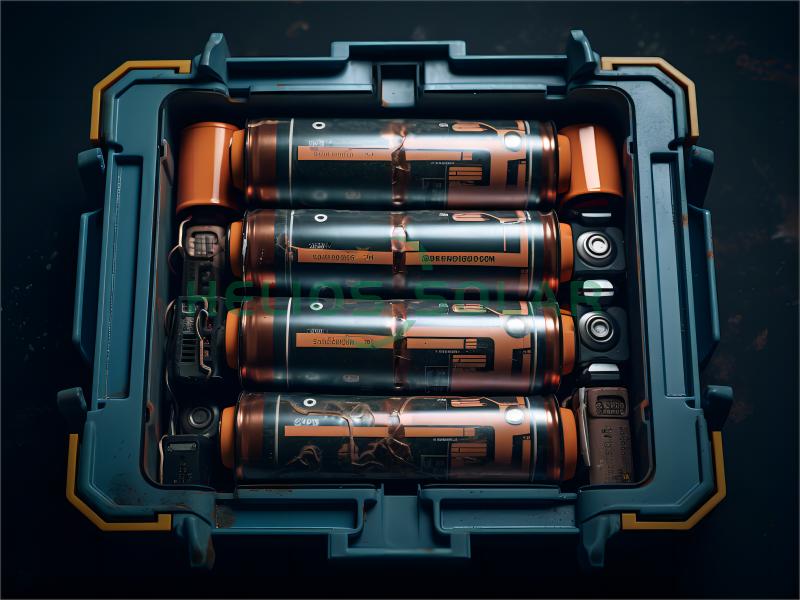As we move towards a cleaner, greener future, the need for efficient, sustainable energy storage solutions is growing rapidly. One of the promising technologies is lithium-ion batteries, which are gaining popularity due to their high energy density and longer lifetime compared to traditional lead-acid batteries. Within the lithium-ion battery family, the two main types that are often compared are lithium iron phosphate (LiFePO4) batteries and lithium ternary batteries. So, let’s dig deeper: which one is better?
About lithium iron phosphate batteries
Lithium iron phosphate (LiFePO4) batteries are known for their stability, safety, and long cycle life. It is a rechargeable battery that uses lithium ions to store and release energy during charge and discharge cycles. Compared with ternary lithium batteries, lithium iron phosphate batteries have a lower energy density, but their stability and lifespan make up for this deficiency. These batteries have high thermal stability, making them resistant to overheating and reducing the risk of thermal runaway, an important concern for many applications. Additionally, LiFePO4 batteries can typically withstand very high charge and discharge cycles, up to 2000 cycles or more, making them ideal for long-term, high-performance applications such as electric vehicles (EVs).
About ternary lithium batteries
On the other hand, ternary lithium batteries, also known as lithium nickel-cobalt-aluminum oxide (NCA) or lithium nickel-manganese-cobalt oxide (NMC) batteries, offer higher energy densities than LiFePO4 batteries. Higher energy density allows for greater storage capacity and potentially longer device runtime. Additionally, ternary lithium batteries typically offer higher power output, making them suitable for applications that require rapid bursts of energy, such as power tools or consumer electronics. However, as energy density increases, there are some trade-offs. Ternary lithium batteries may have a shorter service life and are more prone to thermal problems and instability than LiFePO4 batteries.
Determining which battery is better ultimately depends on the requirements of the specific application. Where safety and longevity are top priorities, such as in electric vehicles or renewable energy systems, lithium iron phosphate batteries are the first choice. The stability, long cycle life, and resistance to thermal runaway of LiFePO4 batteries make them an excellent choice for critical applications where safety is paramount. Furthermore, for applications requiring high continuous power output or where weight and space are critical factors, ternary lithium batteries may be a more suitable choice due to their higher energy density.
Both types of batteries have their advantages and disadvantages, and the specific requirements of an application must be carefully considered before making a decision. Factors such as safety, lifetime, energy density, power output, and cost should all be considered.
To sum up, there is no obvious winner in the debate between lithium iron phosphate batteries and ternary lithium batteries. Each method has its advantages and disadvantages, and the choice depends on the needs of the specific application. As the technology continues to develop, both types of Li-ion batteries will undoubtedly improve in terms of performance, safety and overall efficiency. No matter which battery you end up choosing, it’s important to continue embracing and investing in sustainable and environmentally friendly energy storage solutions that contribute to a green future for all.
If you are interested in lithium batteries, welcome to contact lithium battery company Radiance to read more.
Post time: Aug-18-2023


